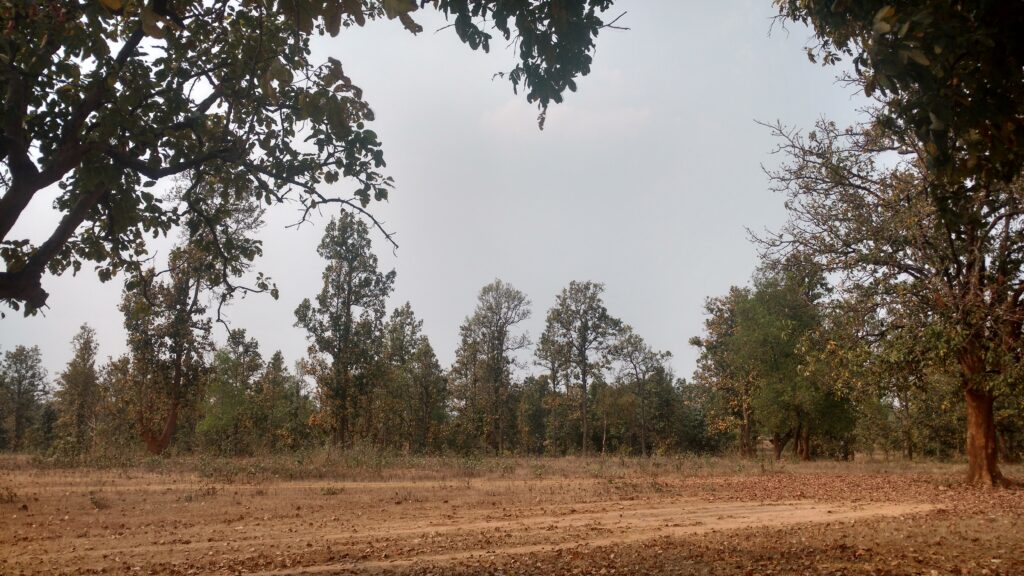When the great Hindustani vocalist Kumar Gandharva said that every ‘Raag’ finds its origin in a ‘Dhun’, he used the folk songs from the Malwa region as an example. It culminated in these folk songs gaining entry on the concert platform, and even today, Kumarji’s disciples perform them during concerts. They are presented along with Khyaal, Thumri, Tappa, Bhajan, Abhang, which have become an established performing form of music. While this transition from folk to classicism is a long journey, I wonder when will many folk influences in the different parts of the country will reach the concert platform. Not that this transition is approval for them to be called great, but their reach to other parts of the country requires their upgrade to this platform coupled with their sustained performance.
My job at Pratham Education Foundation allows me to travel which is not only restricted to the cosy parts of the country. With its work spanning in 22 states of the country, the organisation has done commendable work in the tribal districts of the country like those in the states of Chhattisgarh and Jharkhand. In February this year, I got an opportunity to visit Orissa and Jharkhand, and this write-up is the culmination after ‘connecting the dots’ from my observations. The visit included the districts Mayurbhanj, Ganjam and Keonjhar from Central Orissa and the Simdega district of Jharkhand.
Apart from my work, I was fortunate to hear some traditional folk songs from the girls who were a part of Pratham’s programs. When asked in which language they were singing, I got two answers – Sadri and Nagpuri. Eventually, I came to know that these two meant the same language. But how does a dialect in Jharkhand and Orissa have the same name as the second capital of Maharashtra, that is Nagpur?
A little research over the Internet points out that the region I visited was a part of the Kalinga empire in ancient India. Our introduction to Kalinga is its little reference in History books that the empire was defeated and destroyed by Ashoka as he expanded his empire. While much is talked about Ashoka embracing Buddhism after the war, very less is spoken about Kalinga
Ancient Kalinga consisted of the region that corresponds to modern-day Orissa, south Jharkhand and Chhattisgarh. As Chhattisgarh is very close to Nagpur, it is right to believe that this region was culturally similar (Ref: Sadri and Nagpuri). As we move around, we observe a large number of temples dedicated to Lord Hanuman; however, he is without Lord Ram. It will come as a surprise to many who are used to associate the two together. Apart from this independent identity of Hanuman, the other popular God in this region is Shiva.

Modern day North Indian Classical Music is represented by Khyaal which traces its origin to places that had Hindu- Muslim syncretism. Most of its compositions are in Braj bhasha, and this syncretism has mostly developed in Awadh. However, there exists untapped folklore waiting to get explored and nurtured, and it is from places like Chhattisgarh, Jharkhand and Orissa. All we need is someone like Kumar Gandharva to present them, improvise them and make them famous.










